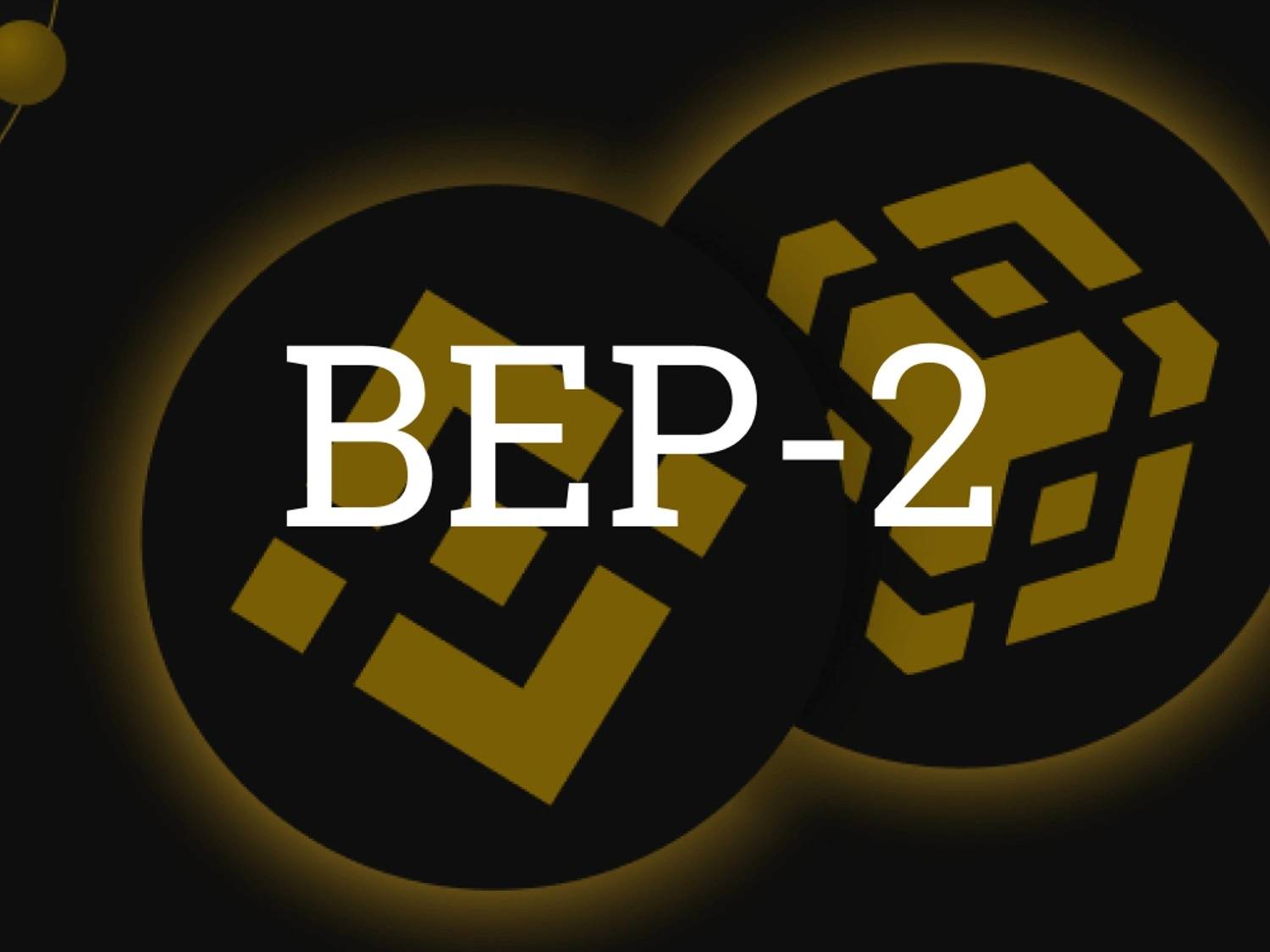위키 구독하기
Share wiki
Bookmark
BEP-2
BEP-2
BEP-2 또는 바이낸스 체인 진화 제안 2(Binance Chain Evolution Proposal 2)는 바이낸스 체인에서 토큰 발행 및 구현에 사용되는 기술 표준입니다. 이 표준은 BNB 비콘 체인(BNB Beacon Chain) 생태계에서 기능하기 위해 토큰이 따라야 하는 규칙 집합을 정의합니다. [1]
개요
BEP-2는 2019년에 출시되었습니다. 이 표준은 소프트웨어가 아니라 BNB 체인 생태계에서 기능하기 위해 토큰이 따라야 하는 규칙 집합을 정의하는 일련의 기술 사양입니다. 바이낸스 체인 이전에는 BNB가 대부분의 토큰이 ERC-20 표준을 사용하여 구축되는 이더리움 블록체인에 구축되었습니다. 바이낸스 체인 전환과 함께 네이티브 토큰은 BEP-2 표준을 기반으로 재구성되었습니다. [1][2]
바이낸스 체인은 초고속 거래에 최적화되어 있지만, 원래 체인의 과부하 없이 스마트 계약 및 분산 애플리케이션을 실행하는 데 중점을 둔 자매 체인인 바이낸스 스마트 체인(BSC)이 있습니다. 이러한 이중 체인 아키텍처 덕분에 BEP-2 토큰은 BEP-20 등가물로 쉽게 교환할 수 있습니다. [4]
BEP-2 토큰은 바이낸스 상위에서 실행되는 분산형 거래소인 바이낸스 DEX에서 거래할 수 있는 자산입니다. 또한 이더와 유사한 지갑에 보관할 수 있으며 가스 및 전송 수수료에 대한 유사한 규칙이 적용됩니다. [2]
유틸리티
BEP-2 표준은 네이티브 토큰을 생성하는 데 사용할 수 있습니다. ICO는 자금 조달을 위해 토큰을 발행할 수 있으며, 기업은 상품이나 부동산과 같은 실물 자산을 토큰화하여 디지털화할 수 있습니다. 또한 BEP-2 토큰은 교환 수단으로 사용되어 사용자가 BNB 체인 생태계 내에서 다양한 서비스를 거래하고 이용할 수 있습니다. [3]
잘못된 내용이 있나요?
